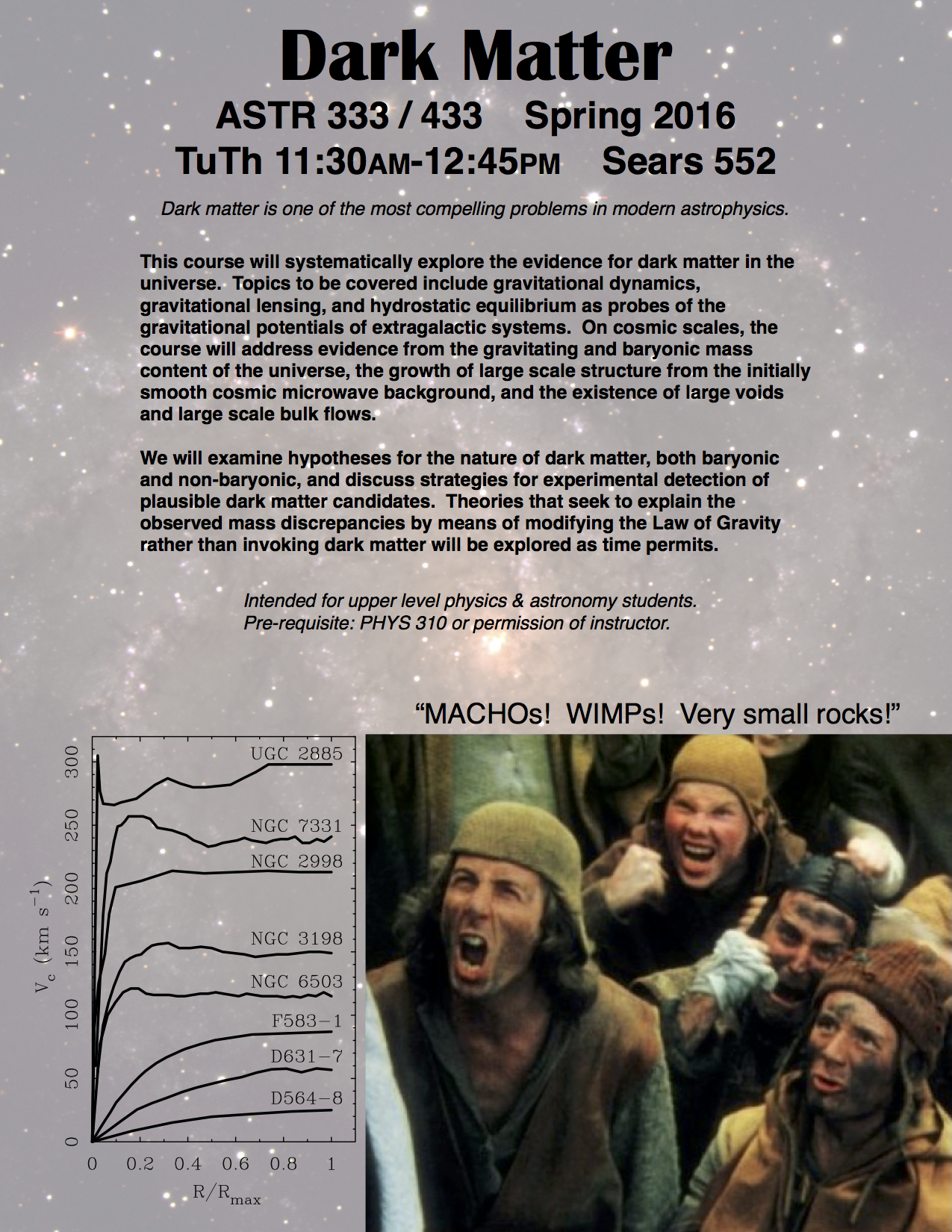Galactic Astronomy Binney Merrifield Djvu
Since it was first published in 1987, Galactic Dynamics has become the most widely used advanced textbook on the structure and dynamics of galaxies and one of the most cited references in astrophysics. Now, in this extensively revised and updated edition, James Binney and Scott Tremaine describe the dramatic recent advances in this subject, making Galactic Dynamics the most authoritative introduction to galactic astrophysics available to advanced undergraduate students, graduate students, and researchers. Every part of the book has been thoroughly overhauled, and many sections have been completely rewritten. Many new topics are covered, including N-body simulation methods, black holes in stellar systems, linear stability and response theory, and galaxy formation in the cosmological context. Binney and Tremaine, two of the world's leading astrophysicists, use the tools of theoretical physics to describe how galaxies and other stellar systems work, succinctly and lucidly explaining theoretical principles and their applications to observational phenomena. They provide readers with an understanding of stellar dynamics at the level needed to reach the frontiers of the subject.
Car Ecu Diagnostic Software Free Download. Course Description: This course provides the student with a background in modern cosmology and extragalactic astronomy. It discusses, at a fairly introductory level, the structure and formation of galaxies, clusters and large scale structure in an expanding Universe dominated by dark matter and dark energy. Terstellar gas in the inner Galaxy, thus changing the kinematic relation between the location on the line-of-sight and the. Provides kinematic resolution toward the Galactic Center, in contrast to standard deconvo. Binney, J., Merrifield, M., 1998, Galactic Astronomy, Princeton University Press, Princeton. ASTRONOMY 1020 – Stellar and Galactic Astronomy SYLLABUS.pdf Download. Astr_1020_caillaultj_0812.pdf - the loose-leaf version (3-hole punched shrink-wrapped) of Universe: Stars and Galaxies, 4th ed. (Freedman, Geller, and Kaufmann), the textbook that we will be following.

